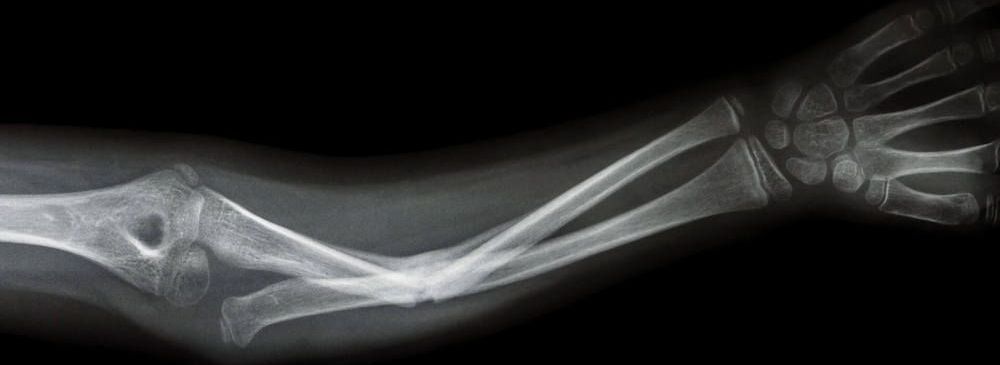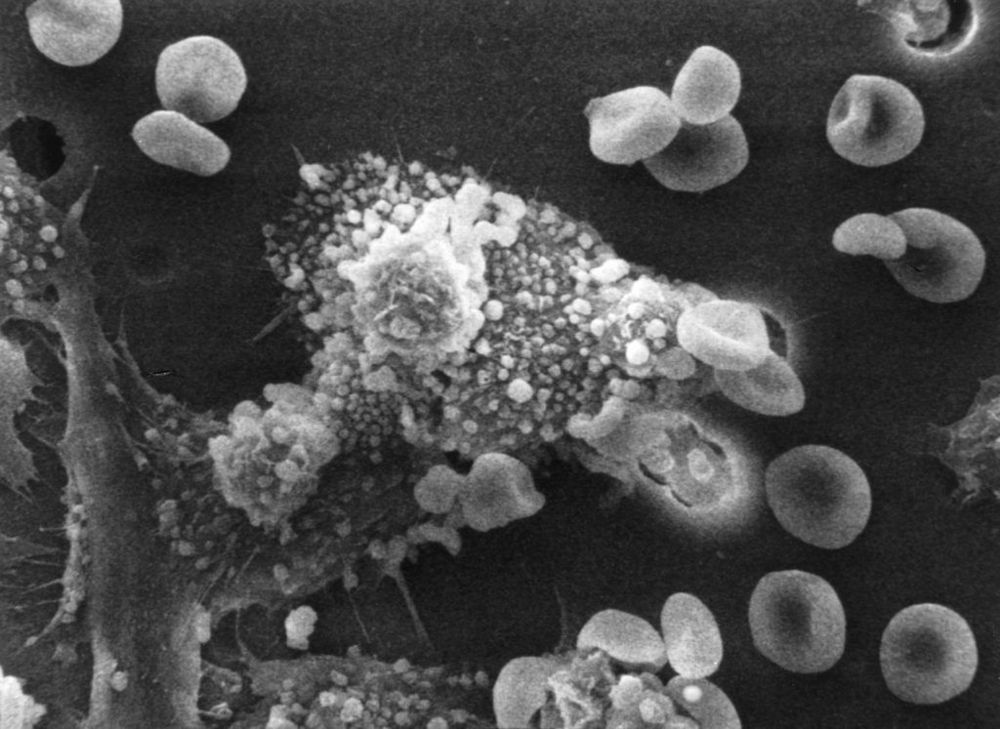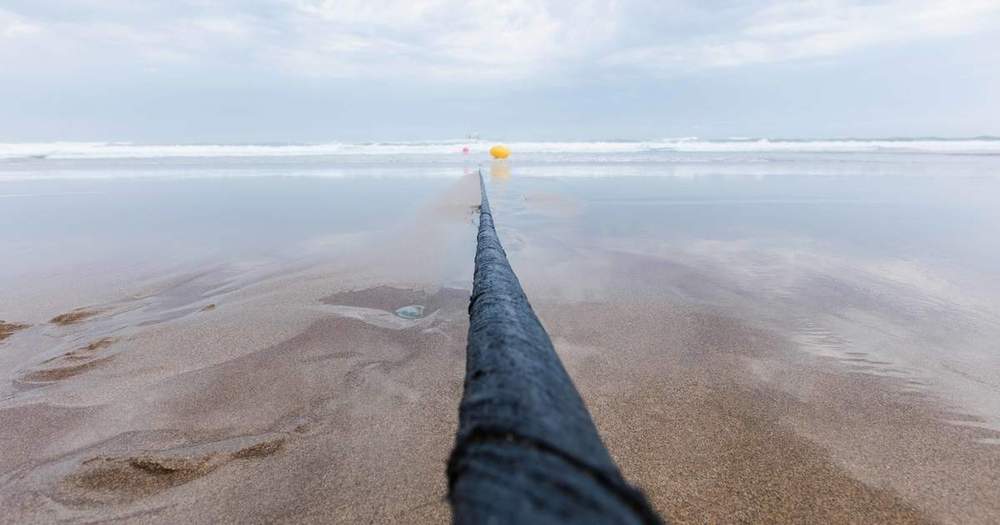Page 8142
Mar 6, 2019
Our brains reveal our choices before we’re even aware of them, study finds
Posted by Xavier Rosseel in categories: futurism, neuroscience
We believe that when we are faced with the choice between two or more options of what to think about, non-conscious traces of the thoughts are there already, a bit like unconscious hallucinations,” Professor Pearson says. “As the decision of what to think about is made, executive areas of the brain choose the thought-trace which is stronger. In, other words, if any pre-existing brain activity matches one of your choices, then your brain will be more likely to pick that option as it gets boosted by the pre-existing brain activity.
A new UNSW study suggests we have less control over our personal choices than we think, and that unconscious brain activity determines our choices well before we are aware of them.
Published in Scientific Reports today, an experiment carried out in the Future Minds Lab at UNSW School of Psychology showed that free choices about what to think can be predicted from patterns of brain activity 11 seconds before people consciously chose what to think about.
Continue reading “Our brains reveal our choices before we’re even aware of them, study finds” »
Mar 6, 2019
Graphene Shows Promise for Repairing Broken Bones
Posted by Shailesh Prasad in categories: biotech/medical, nanotechnology
When you were a kid, did you ever sign a classmate’s cast after they broke an arm or a leg? Your name would be on display there for the rest of the semester. Broken bones are one of the worst trade-offs in childhood—a few seconds of calamity followed by months of boring rest and recovery. But children in the future may have a different story to tell as emerging tech overhauls how we fix broken bones.
Carbon nanomaterials may have the power to heal bones faster than a Harry Potter fan can say ‘Brackium Emendo!’ Researchers from Stefanie A. Sydlik’s team at Carnegie Mellon University have tested a new formulation of graphene that is biodegradable, mimics bone, attracts stem cells, and ultimately improves how animals can repair damage to their skeletons.
As reported in PNAS, this phosphate graphene serves as a scaffold, allowing the body’s own cells to more rapidly reform the missing or damaged bone. The technique has already shown success in mice. As this technology matures it could become a vital part of orthopedic medicine, helping us recover faster with stronger, healthier bones.
Continue reading “Graphene Shows Promise for Repairing Broken Bones” »
Mar 5, 2019
Despite being the very first candidate planet discovered by our Kepler Mission, Kepler-1658b had a rocky road to confirmation
Posted by Michael Lance in category: space
Despite being the very first candidate planet discovered by our Kepler Mission, Kepler-1658b had a rocky road to confirmation. Ten years later, scientists have now confirmed that it is, in fact, a planet. It whips around its star every 3.85 days. Details: https://go.nasa.gov/2TDlaIl
Mar 5, 2019
Weirdly interconnected qubits give D-Wave a big jump in performance
Posted by Genevieve Klien in category: futurism
Mar 5, 2019
Archaeologists found an ‘immortality’ elixir hidden in an ancient tomb
Posted by Genevieve Klien in categories: food, life extension
Late last year, archaeologists in China found some very interesting items in an ancient tomb dating back as far as 202 BC, including a bronze vessel that somehow still held liquid. The liquid, which at the time was thought to be some type of wine, has since undergone closer examination that reveals its true purpose.
China’s Xinhua news agency is now reporting that the beverage was actually an “elixir of immortality” that matches descriptions from ancient documents. The substance has been tested and, if scientists are right about it, there’s probably little chance it would do anything to extend someone’s life, and may even usher death in even quicker.
Mar 5, 2019
SpaceX’s Crew Dragon spaceship shown off in first high-res orbital portraits
Posted by Genevieve Klien in category: space travel
Taken by Russian cosmonaut Oleg Kononenko, the first high-resolution photos of SpaceX’s Crew Dragon spacecraft have begun to trickle in, offering the best views yet of the advanced human-rated spacecraft in its natural habit: Earth orbit.
Filling in for a distinct and uncharacteristic lack of official photos from NASA, the spacecraft’s inaugural spaceflight had thus far only been documented through NASA’s own live coverage of its International Space Station (ISS) rendezvous, limited to a relatively low-quality stream. With Oleg’s extremely high-resolution captures, we can begin to see SpaceX’s Crew Dragon with a level of detail previously only seen (if ever) on the ground.
Stunning photos of Dragon 2 docking from Oleg Kononenko! https://www.nasaspaceflight.com/2019/03/crew-dragon-first-docking-iss-dm1/
Continue reading “SpaceX’s Crew Dragon spaceship shown off in first high-res orbital portraits” »
Mar 5, 2019
Your iPhone keeps a detailed list of every location you frequent — here’s how to delete your history and shut the feature off for good
Posted by Genevieve Klien in category: mobile phones
The little-known “Significant Locations” list tracks every location you’ve been and how often you go there. But there’s a way to delete your history.
Mar 5, 2019
Anti-CD47 antibody trial in advanced cancers shows treatment appears safe, well-tolerated
Posted by Genevieve Klien in category: biotech/medical
An antibody against the “don’t eat me” signal on cancer cells appears safe and well-tolerated by patients with advanced cancers. A phase 2 trial is planned.
Author Krista Conger Published on March 5, 2019 March 5, 2019.
Mar 5, 2019
A 10-million-pound undersea cable just set an internet speed record
Posted by Genevieve Klien in category: internet
Undersea cables are the backbone of the internet. Connecting places like the United States to Europe, or France to India, these submarine fiber optic cables permit the world’s web traffic to flow.
One such cable is called Marea. It runs from Virginia Beach in the U.S. to Balboa, Spain. And recently, a company called Infinera announced that it had broken a record for how much data it could send through this cable in a second. It’s a mind-boggling amount. Below, we break down everything you wanted to know about undersea cables and this experimental accomplishment, by the numbers.
That’s the total number of undersea cables in use right now, according to a company called TeleGeography, which conducts telecom market research. Modern cables use fiber optics and lasers to transmit data. Major cables complete key connections like New Jersey and Praia Grande, Brazil, or Australia to Indonesia to Singapore. Take a look at a beautiful, interactive map here.


















